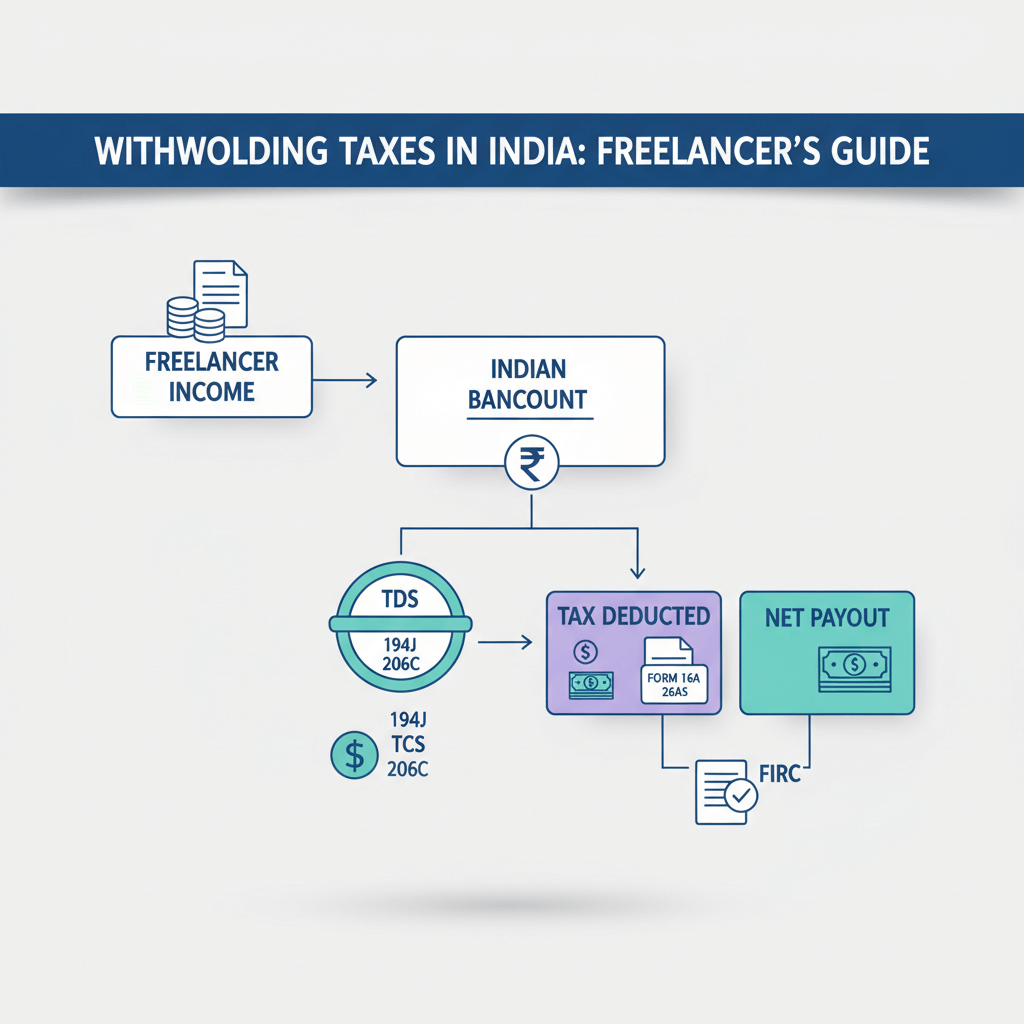Would you choose any other international payment services provider except Karbon. We do the same things as the big banks and payment processors for a fraction of the cost.
Let’s face it - forex is expensive.
Especially given the current INR rates compared to a foreign currency like the euro or US dollar, it makes sense to dig deep into the charges to save more.
Let’s break down the wire transfer charges in India for you, to help you navigate the same.
Is wire transfer available in India?
In India, wire transfers are commonly referred to as "SWIFT transfers" or "Telegraphic Transfers (TT)." SWIFT (Society for Worldwide Interbank Financial Telecommunication) is a global messaging network that facilitates secure communication between banks worldwide, enabling them to send and receive information about financial transactions, including wire transfers.
These transfers play a significant role in facilitating international trade, foreign investments, and remittances in India's growing economy. Additionally, the Reserve Bank of India (RBI) closely regulates and oversees wire transfer activities to ensure compliance with anti-money laundering (AML) and counter-terrorism financing (CTF) regulations, enhancing the security and integrity of the financial system.
How much is the wire transfer fee?
The fees associated with wire transfers can vary depending on factors such as the bank or financial institution used, the transfer's domestic or international nature, the transfer amount, and any supplementary services required.
For domestic wire transfers within India, fees can range approximately from ₹10 to ₹50 or higher, contingent on the bank and the type of account held. International wire transfer fees tend to be higher, typically falling between ₹500 to ₹2000 or more.
To obtain precise information on wire transfer fees and any additional charges, it's advisable to consult your bank or financial institution directly. Additionally, considering a comparison of fees across different banks or exploring alternative transfer methods can help identify the most cost-effective option tailored to individual needs.
Is SWIFT a wire transfer?
"SWIFT, which stands for the Society for Worldwide Interbank Financial Telecommunication, is closely connected with wire transfers.
When individuals or businesses initiate wire transfers through their banks, SWIFT frequently facilitates the transmission of instructions and information between the sending and receiving banks, ensuring the secure and efficient transfer of funds across international borders.
Is wire transfer the same as NEFT?
Wire transfer and NEFT (National Electronic Funds Transfer) are distinct methods for electronic fund transfers, despite their similarities.
Wire transfer typically denotes the electronic transfer of funds between bank accounts, domestically or internationally. It is often utilized for significant or time-sensitive transactions, directly transferring funds from one bank to another.
In contrast, NEFT is a specific electronic payment system tailored for domestic fund transfers within India. NEFT works by settling transactions in batches throughout the day, using a system called deferred net settlement (DNS). It's mainly used for transactions of low to medium value within India and is regulated by the Reserve Bank of India (RBI).
In essence, while both wire transfer and NEFT involve electronic fund transfers, wire transfer encompasses both domestic and international transactions, while NEFT is specifically designed for domestic fund transfers within India.
How do I avoid a wire transfer fee?
When engaging in outward remittance transactions from India for business purposes, avoiding wire transfer fees may not always be feasible, but there are strategies to minimize these charges:
- Negotiate with Your Bank: Discuss with your bank whether they offer any fee waivers or discounts for business clients, especially for frequent or large-value transactions. Sometimes, banks are willing to negotiate fees based on the volume of transactions or the nature of your business relationship.
- Choose the Right Service Package: Some banks offer specialized business accounts or service packages that include benefits such as reduced wire transfer fees or a certain number of free transfers per month. Explore these options to find a package that best suits your business needs.
- Consider Alternative Transfer Methods: Depending on the destination and urgency of the transfer, explore alternative transfer methods such as NEFT, RTGS, or online payment platforms. These methods may have lower fees or be free of charge for certain transactions.
- Consolidate Transactions: Instead of making multiple small transfers, consolidate your outward remittance transactions into larger, less frequent transfers. Banks often charge lower fees for larger transactions, so consolidating transfers can help reduce overall costs.
- Compare Fees Across Banks: Before initiating a wire transfer, compare the fees charged by different banks or financial institutions. While fees may vary, some banks may offer more competitive rates or promotional offers for business outward remittances.
- Consider Currency Exchange Rates: In addition to wire transfer fees, consider the currency exchange rates offered by banks. Sometimes, banks may offer better exchange rates but higher transfer fees, or vice versa. Calculate the total cost of the transfer, including both fees and exchange rate margins, to make an informed decision.
How much is the wire transfer fee from India to USA?
These are the approximate numbers.
For a wire transfer from India to the USA, the typical fees are:
- Sending Bank Fee: ₹500 to ₹2,000
- Receiving Bank Fee: $15 to $30
- Exchange Rate Markup: 1-3%
Online transfer services like Wise or Remitly might charge:
- Service Fee: $5 to $20
- Exchange Rate Markup: Less than 1%
Karbon Forex, for B2B outward remittance, there are 0 service charges with variable mark-up fees according to eligibility.











